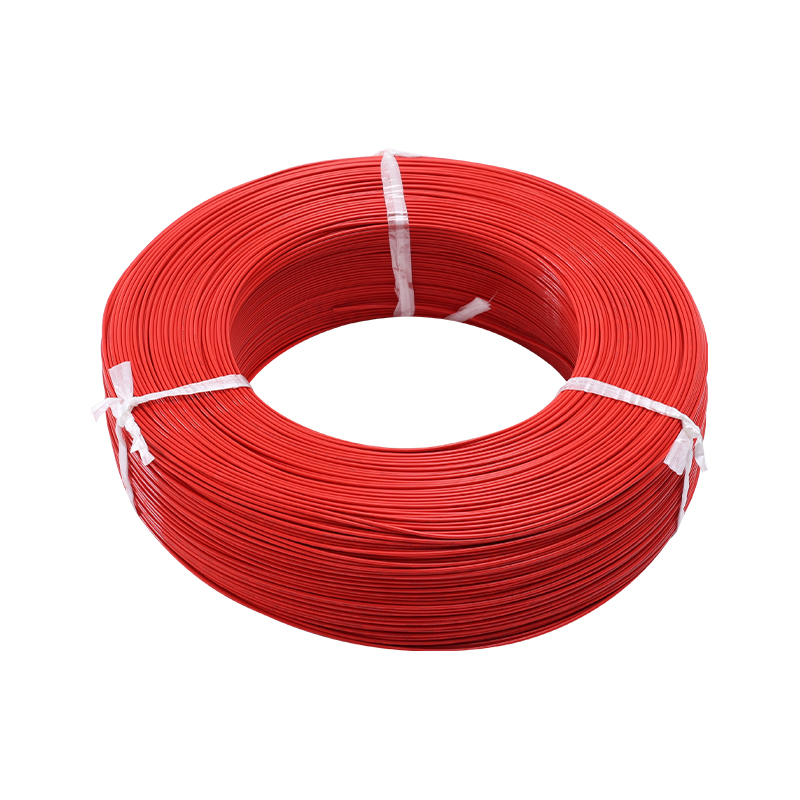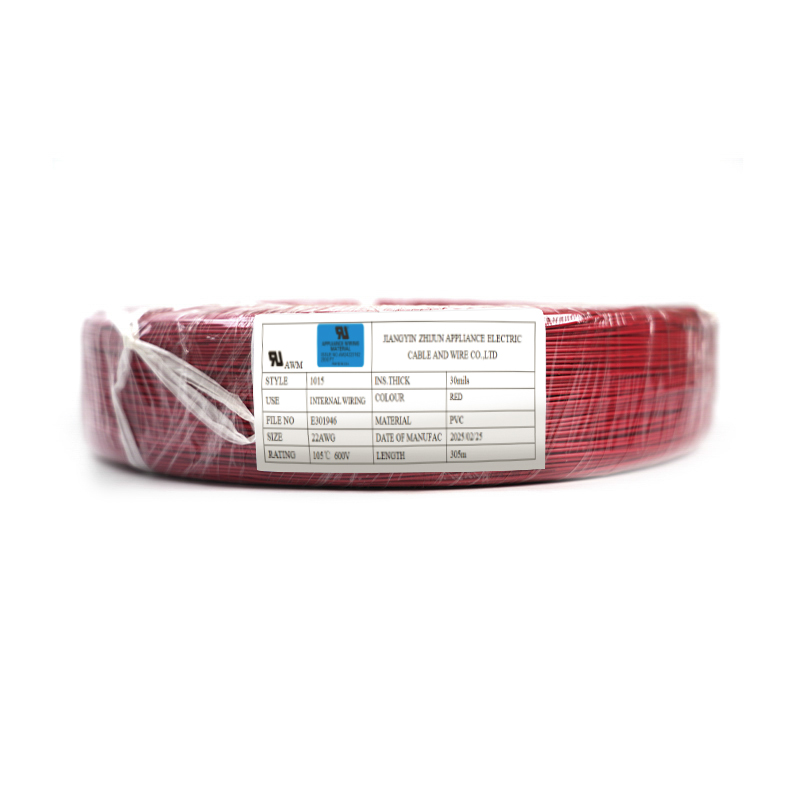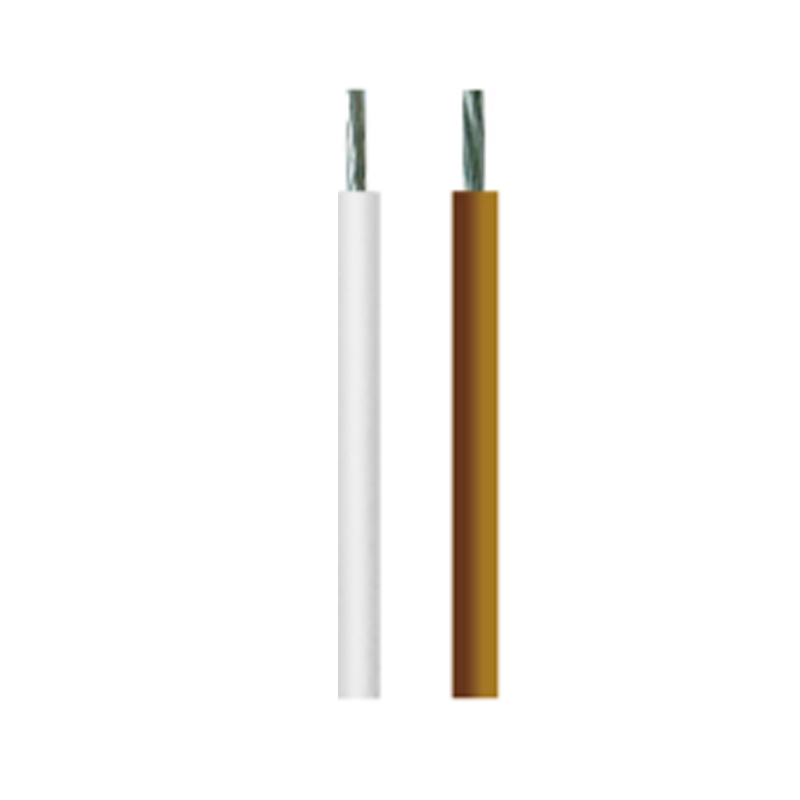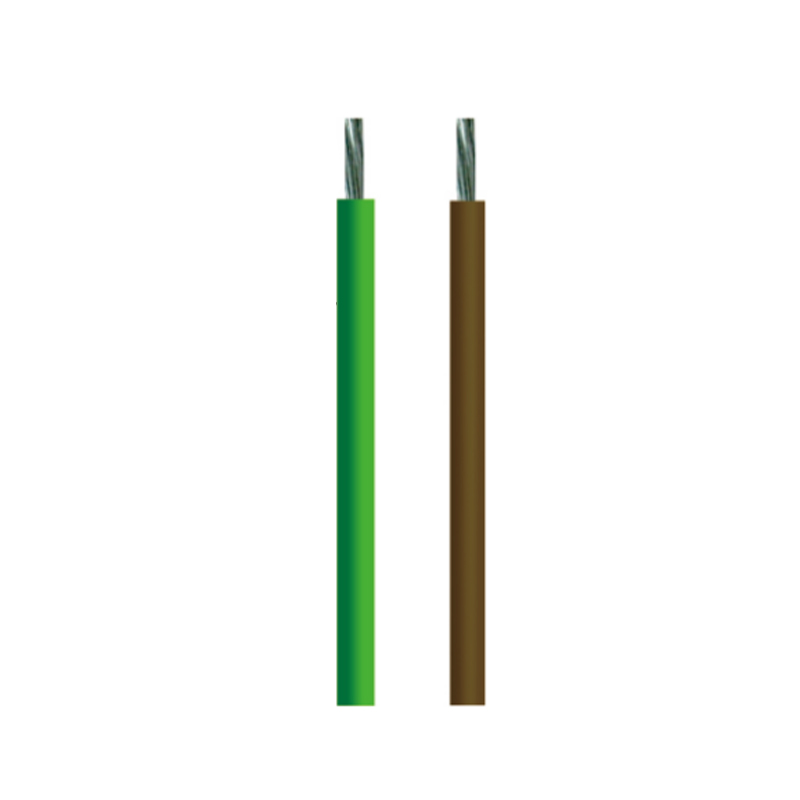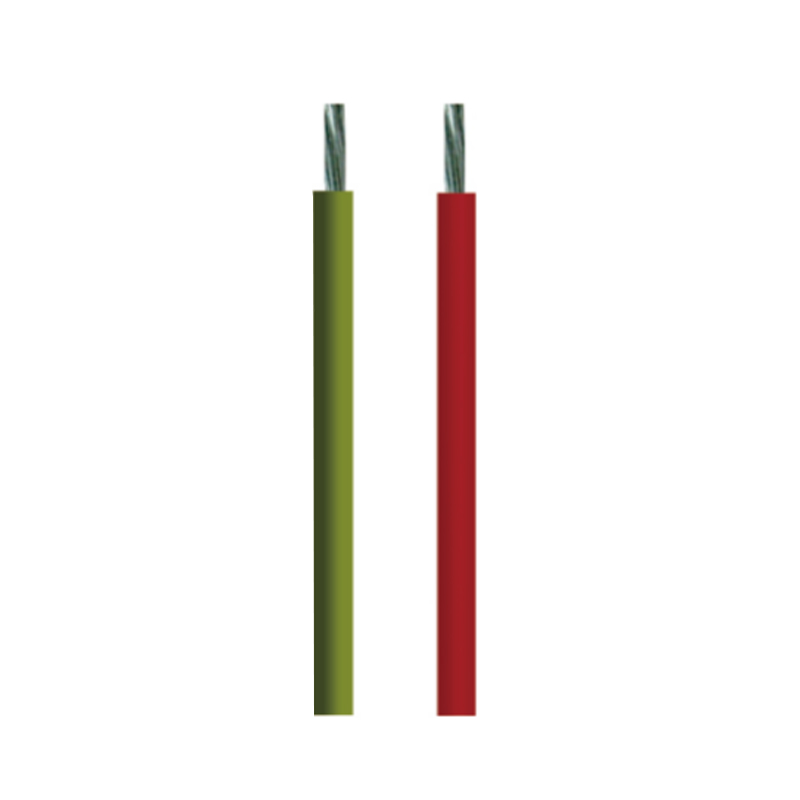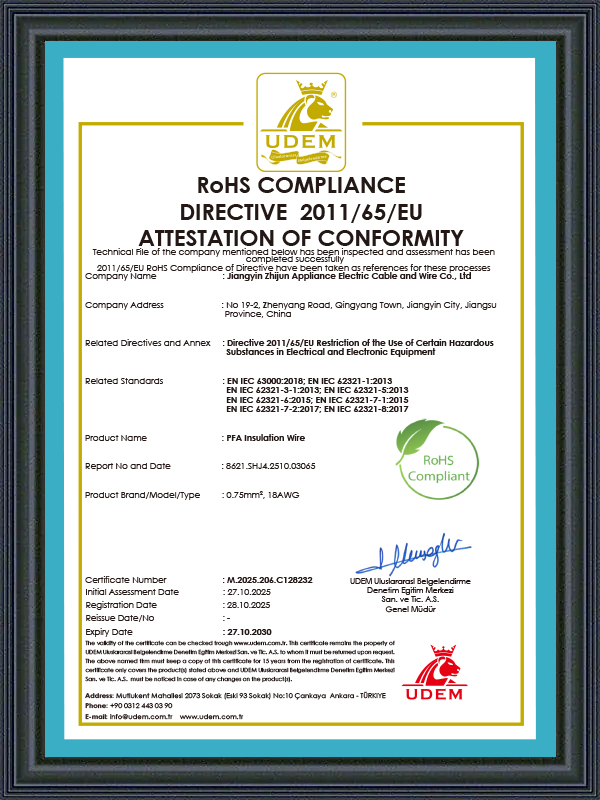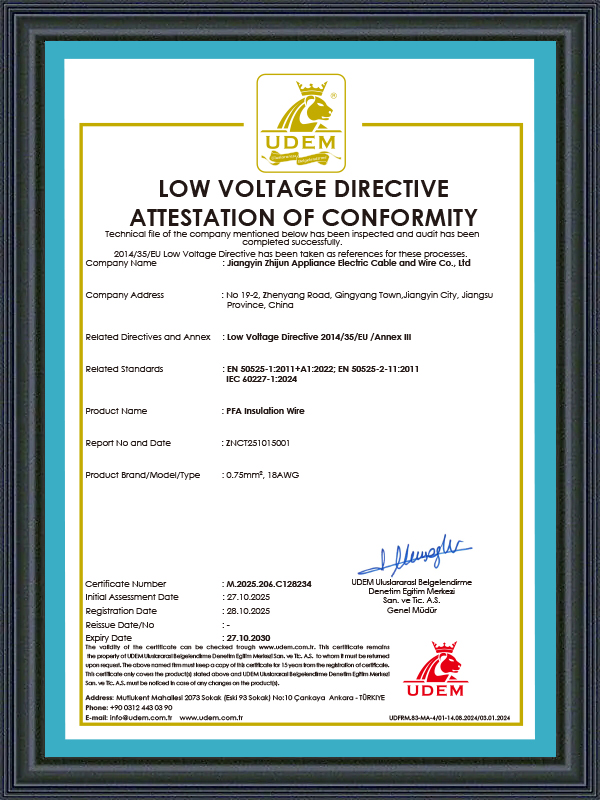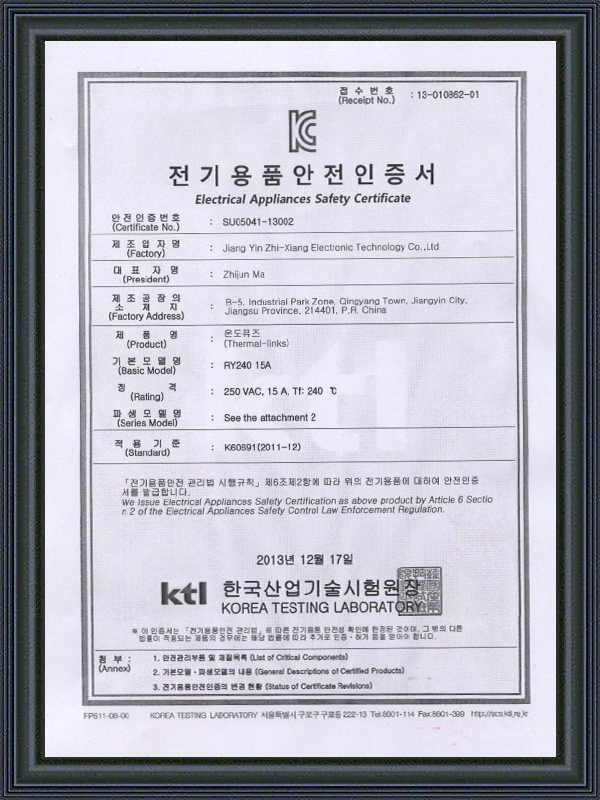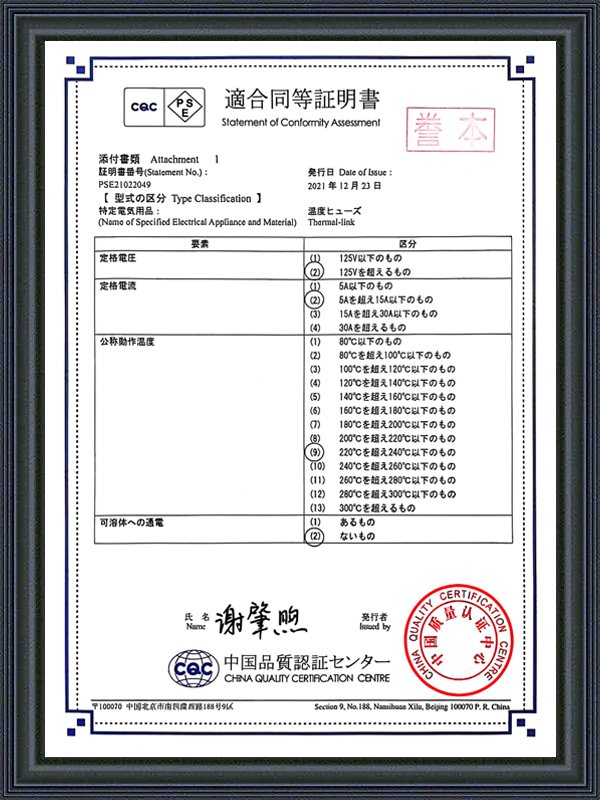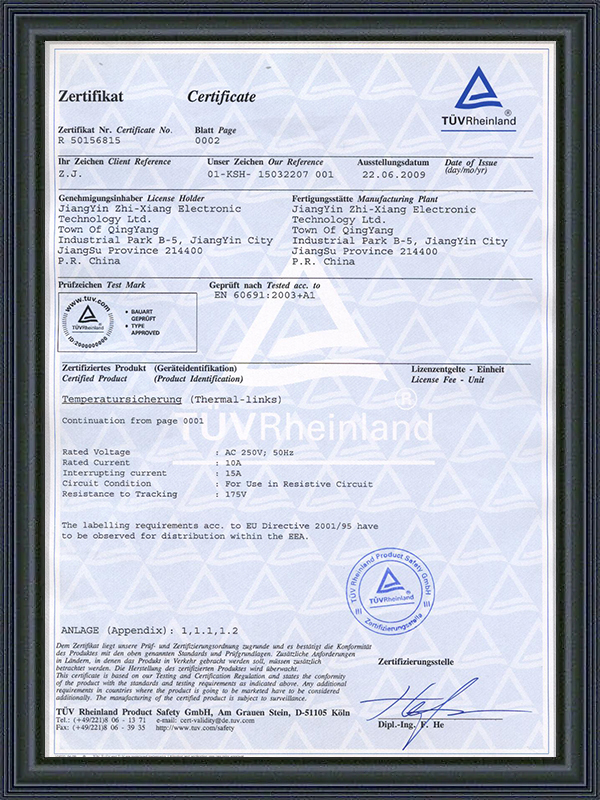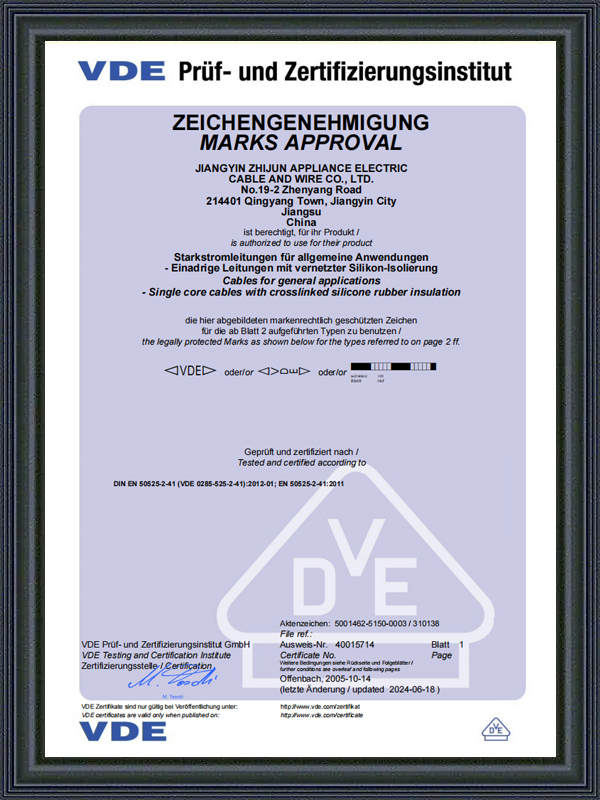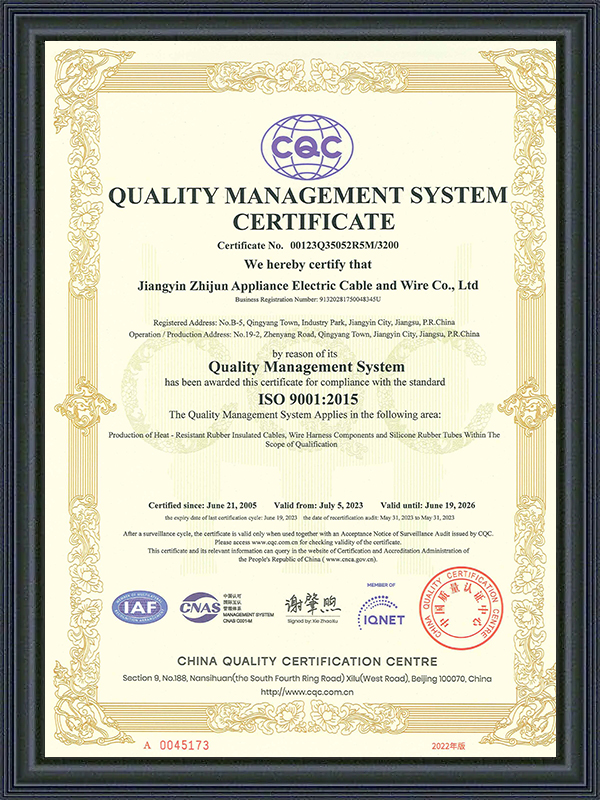UL1015 wire is a common electronic wire that complies with UL (Underwriters Laboratories) standards and is mainly used for internal wiring of electrical equipment.
1. Conductor material
- Conductor: Usually made of multiple strands of fine copper wire, with good flexibility and conductivity.
- Conductor specifications: Common specifications include AWG (American Wire Gauge) 18, 16, 14, etc. The specific specifications are selected according to the current requirements.
2. Insulation material
- Insulation layer: Usually PVC (polyvinyl chloride) material is used, which has good insulation, heat resistance and chemical corrosion resistance.
- Temperature grade: The rated temperature of UL1015 wire is generally 105°C, which is suitable for internal wiring of general electronic equipment.
3. Voltage grade
- Rated voltage: Generally 600V, suitable for low-voltage electrical equipment.
4. Application field
- Electronic equipment: widely used in internal wiring of household appliances, industrial equipment, automation equipment, etc.
- Power connection: suitable for power lines, control lines, etc.
5. Certification and Standards
- UL Certification: UL1015 wire is UL certified and meets UL758 standards, ensuring its safety and reliability.
- Other Certifications: It may also meet environmental standards such as RoHS (Restriction of Hazardous Substances Directive).
6. Color Coding
- Insulation Color: Usually available in a variety of colors, such as red, black, blue, green, yellow, etc., for easy circuit identification and wiring.
7. Advantages
- Good flexibility: Multi-strand twisted conductors make it easy to bend and install.
- Heat resistance: The temperature resistance rating of 105°C is suitable for most electronic devices.
- High safety: UL certified to ensure its electrical performance and safety standards.
8. Precautions
- Choose the right specification: Choose the right AWG specification according to the current and voltage requirements.
- Installation environment: Avoid using in high temperature, high humidity or corrosive environments to avoid affecting the performance of the wire.
Understanding What a Silicone Soft Installation Line Is A silicone soft installation line refers to flexible silicone-based profiles, strips, or cords designed for easy installation in sealing, cushio...
READ MORE


 English
English عربى
عربى Español
Español
